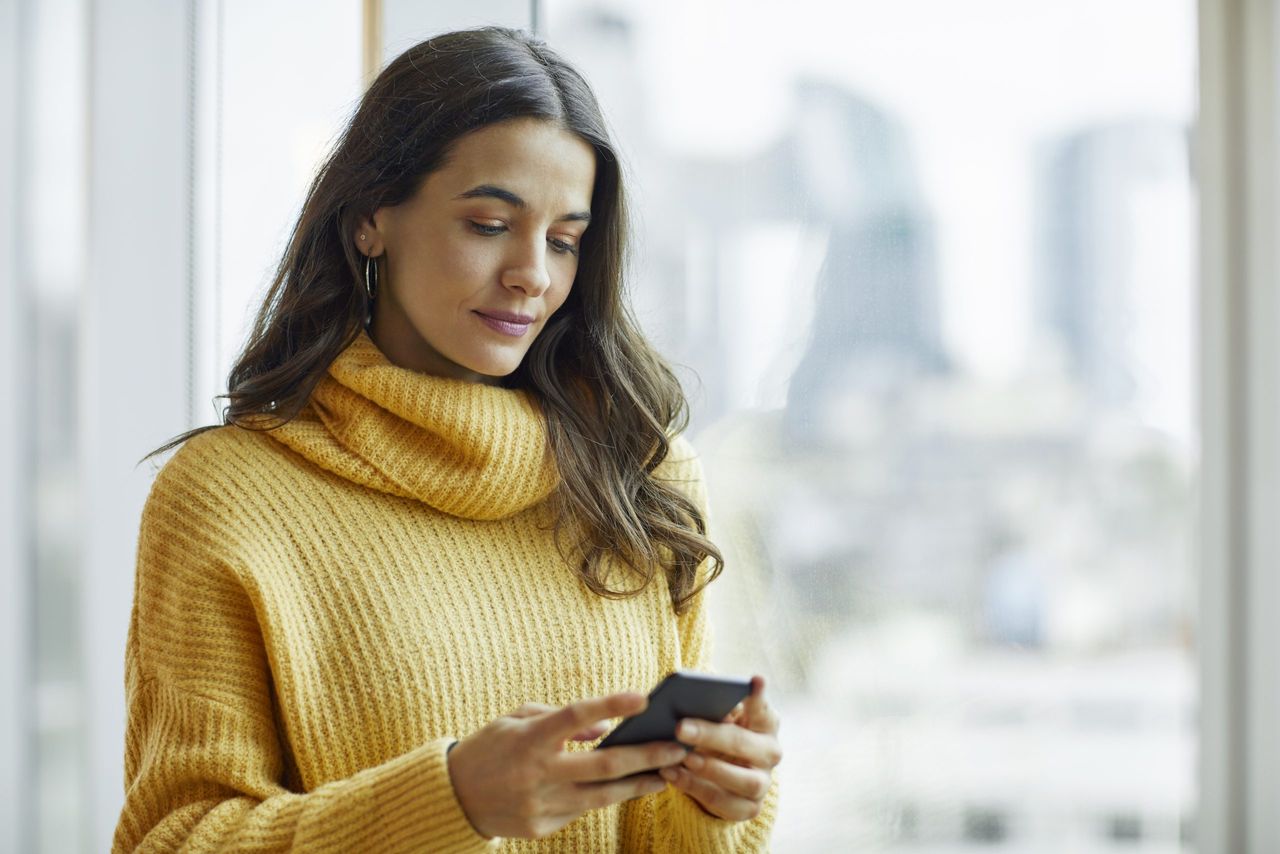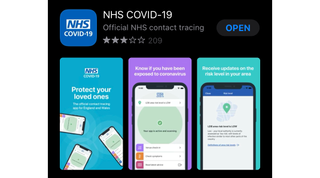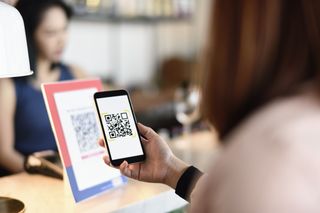How to download the new NHS Covid-19 contact tracing app
The government is encouraging people to download the new NHS contact tracing app for the track and trace system. Here's how to do it and how it works...


After some months of waiting, the NHS has officially launched their Covid-19 contact tracing app for download across England and Wales.
The track and trace system, which the government says will be helped by those who download the new NHS contact tracing app, has been in place over the last few months to help track and prevent the spread of coronavirus by telling people when they need to self-isolate.
Recently however, the scheme has come under fire by letting thousands of people slip through the net as the latest figures revealed that 30 per cent of close contacts with coronavirus have been missed. This news came as the country experienced the highest number of COVID-19 cases since early June, with almost 7000 new positive test results.
However, this is something that the health secretary hopes will not happen again if most people download and use the app on a regular basis.
Speaking to BBC Breakfast this morning, Matt Hancock said the technology “helps us to find more people who are at risk of having the virus” as it will trace those that human contact tracers are unable to reach.
“That’s why downloading the app is good for you, your loved ones and your community,” he added.
The app has taken on changes since it was first trialled in places like Newham Borough in London. Originally only over 18s were able to access the app but now, it’s available to all those over the age of 16. This is in response to health officials’ desire to have the app used in as many higher education establishments as possible, as rates of infection have been increasing within this age group.
GoodtoKnow Newsletter
Parenting advice, hot topics, best buys and family finance tips delivered straight to your inbox.
So how do you download the new NHS contact tracing app? And how does it work?
How do download the NHS contact tracing app
To get started with the NHS contact tracing app, simply head to the app store on your device - that might be the Apple app store or Android’s Google Play - and type in ‘NHS COVID-19’ or ‘track and trace’.
On the Apple app store, it looks like a blue icon with ‘NHS COVID-19’ in white but the icon is the same on all other app stores.

As the app uses Bluetooth and GPS software, it’s only possible to download it on a smartphone with Android version 6.0 or iOS 13.5, which was released earlier this year. Users must also have Bluetooth version 4.0 or higher.
The app, however, intends to work alongside the human contract tracers already working to track those who might have come into contact with a coronavirus-positive person. But the app makes it more precise, as if someone anonymously shares a positive test result via the app, surrounding smartphones will check if they have recently come into contact with them, whether that’s at work or just standing in a supermarket.
How to get a track and trace QR code

Once on the app, you have the ability to upload a QR code from a pub, restaurant, cinema, or another venue for the purpose of track and trace. To do this, simply click ‘Venue check-in’ on the app, allow access to your camera and scan the QR code which will likely be made available to you at these locations.
The government says that so far 160,000 businesses have a unique QR code with more on the way now that the app has been officially launched.
How to scan a QR code
To scan a QR code is much like taking a picture. To do this on the app, allow access to your camera and hold the square (which is linked to your camera) over the QR code to scan it.
This will happen automatically and your presence at the venue will be logged for the purposes of track and trace.
How does the app work?
https://www.youtube.com/watch?v=Pj_tV1v9MR8&feature=emb_title
Once downloaded, there are lots of functions that the app has that can help both your and the government try to reduce the spread of coronavirus. One of the main uses of the app is to notify someone that they should go into self-isolation for two weeks, which triggers the start of the app’s countdown clock.
READ MORE: Will there be a second wave of coronavirus in the UK - and would we go back into lockdown?
If the recipient of the notification doesn’t have symptoms or receives a negative test result, they must self-isolate for two weeks - during this period they will be entitled to standard sick pay by their employer. While those that don’t receive an alert but fill in the app’s symptoms checker and meet the criteria for coronavirus will be instructed to self-isolate for eight days. After this, they will be redirected to a website to book a Covid-19 test.
What else can you do on the app?
- See the risk level in your area, from HIGH to LOW.
- Check into venues via a QR code to easily submit data to track and trace.
- Check your symptoms.
- Read the latest advice about coronavirus.
- Find out more about the app.
- Enter a test result, whether positive or negative.
If your risk level is MEDIUM, the level currently being experienced in most parts of England outside areas of localised lockdowns, the guidance on app says, “Your local authority, or a neighbouring local authority, has high or rising levels of infection. Please follow national guidance.”
The government hopes that if the majority of the population downloads the app, they will be able to better effectively track and trace those who might have come into contact with someone who has tested positive for coronavirus.

Grace Walsh is a health and wellbeing writer, working across the subjects of family, relationships, and LGBT topics, as well as sleep and mental health. A digital journalist with over six years experience as a writer and editor for UK publications, Grace is currently Health Editor for womanandhome.com and has also worked with Cosmopolitan, Red, The i Paper, GoodtoKnow, and more. After graduating from the University of Warwick, she started her career writing about the complexities of sex and relationships, before combining personal hobbies with professional and writing about fitness.